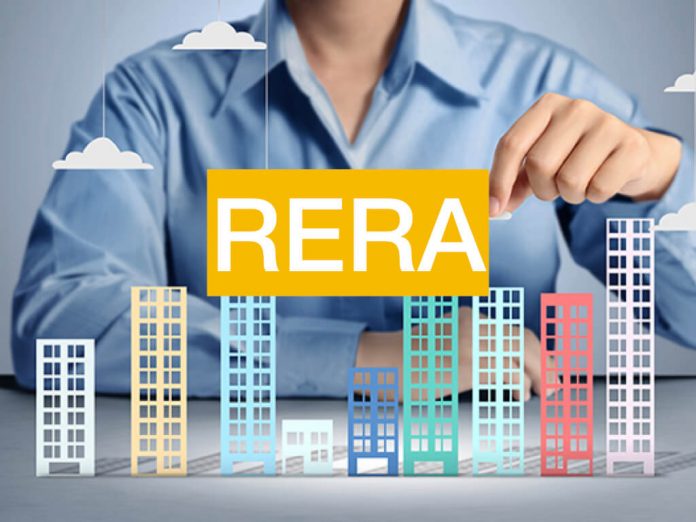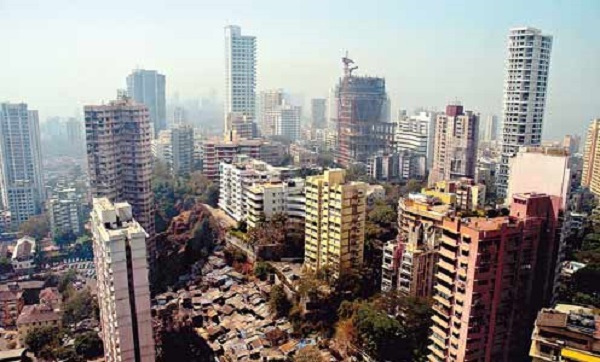The RERA is a veritable boon in the hands of flat buyers in Mumbai. We explain how it helps bring greater transparency in the flat-buying process.
The real estate sector in India has been seeing some curious trends in recent years. On the one hand, there is a constant refrain from buyers that realty is too expensive to invest in at the moment. On the other hand, the luxury housing sector continues to show stable growth! Amidst talks of a slowdown in Indian realty year upon year, came the ambitious RERA (Real Estate Regulation and development Act) that was promulgated all over the country in 2017.
The RERA was created to bring in greater transparency in the house purchase process for buyers. Using RERA helps buyers become privy to all the important information they must necessarily know – flat and real estate developer credentials, project timelines, construction progress, reasons for delay, etc. The RERA is aimed at helping buyers make well-informed decisions about buying Mumbai properties and investing in the right projects.
Are you a first time homebuyer looking to invest in an under-construction property? Here’s a lowdown on how RERA can help you pick the right flat for sale in Mumbai:
* RERA assures you that everything is laid out in black and white. The primary thrust of the RERA is complete transparency, which means that buyers must be privy to all the information they seek whenever they seek it. The Act has been worded to include every facet of the process, from initial construction to final handover of the completed Mumbai property. It also specifies the legal and construction standards that developers must uphold per project, starting with taking a RERA project number that must be clearly mentioned across advertisements, brochures, project plans, etc. This number helps buyers keep online and offline track of the project’s progress. Prior to starting the construction, the developer must give written specifications, include copies of municipal approval, land title and reservation, project timelines, etc. and adhere to the same or furnish written reasons for delays.
* New constructions are more professionally handled from now on. Since RERA specifies stiff legal penalties for inordinate and unexplained delays, developers are now more cautious about using their available funds and giving completion timelines. Smaller players in realty were earlier quite glib about several parameters, which led to delays, stoppages and huge losses for buyers. But the RERA weeds out the unscrupulous developers from the professional ones. Since real estate developers must specify problems and delays in writing, there is no scope for buyers to be left high and dry with stalled projects, or builders abruptly stopping their rent payments (in case of redevelopment projects), etc. Thus, developers are now more accountable for their projects, leading to faster completion.
* Projects are now securing funding much faster. Buyers are now confident about investing in 1 BHK flats in Mumbai, or luxury 2 BHK flats in Mumbai, since every new project must be licensed and approved by RERA. In turn, an approved project automatically increases its own chances of getting home loan funding. This is good news for those buyers who wish to secure home loans for buying flats for sale in Mumbai. Meanwhile, real estate developers are also able to secure funding to start and finish the construction when there is RERA certification for the project.
(Featured image courtesy https://blog.ipleaders.in/stalled-projects-rera/)

